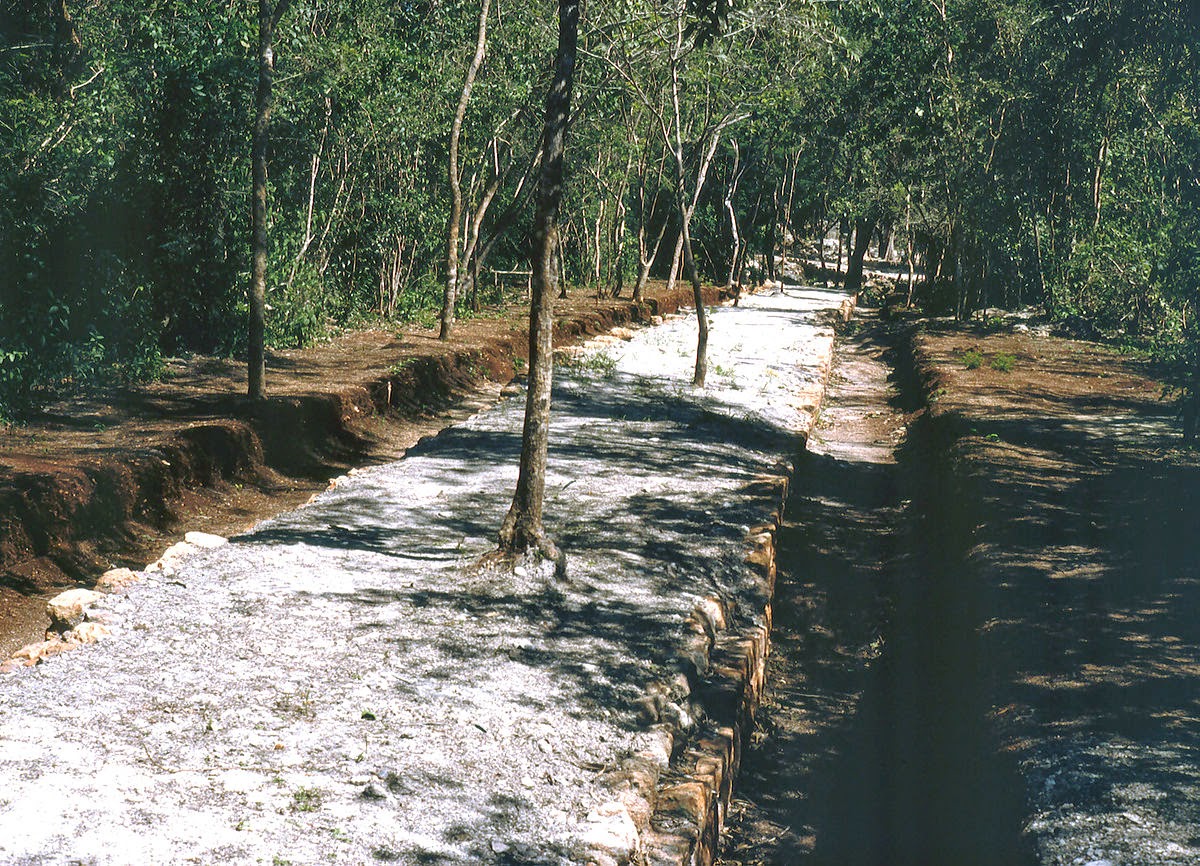The great Mayan white path: a hidden secret

A path built by the Mayan society, the largest they built, is lost in southeastern Mexico. It’s an engineering masterpiece on par with the pyramids in terms of complexity. It’s the White Road, a limestone wonder.
Each of these roads is a sacbe (Mayan for “white road”). Indeed, a recent study uncovers details of the longest of them: a 62-mile road. Researches call it “The great Mayan white path”. This work, like the pyramids they built in southern Mexico, Guatemala, Belize, and Honduras, is a Mayan engineering marvel. The sacbes’ primary purpose was to connect the empire’s villages.
The great Mayan white path: About these roads
Roads like the great Mayan white path had a spiritual and mythological significance. It could have been part of pilgrimage routes and symbols of political and economic supremacy connecting cities. The sacbes are of stone, with a big stone core and gravel on the outside. Indeed, the Great White Mayan Path is around 62 miles long, connecting the cities of Yaxuna and Coba. However, an archaeological team from the University of Miami discovered something. Using LIDAR technology to observe through the dense vegetation, that El Gran Camino Blanco divides into several bifurcations.
It is 26 feet wide, allowing large groups to walk more easily. Although being built on uneven terrain, it has a smooth surface. This was accomplished by laying small limestone stones in the middle and larger ones at the ends. Then by paving with lime, water, and white powder made from the same substance.
The great Mayan white path: Who had it built?
According to a recent study, the great white Mayan path had one royal responsible: Princess K’awiil Ajaw of Cobá. She guided the city to its maximum expansion around 600 A.D., centralizing the region’s economic and political authority. For this, she built this massive road that connected her to the nearby villages and helped her to carry her authority.
When you visit Coba, don’t hesitate to explore the beginning of this white path. You will find it in the northern part of the archaeological site.
